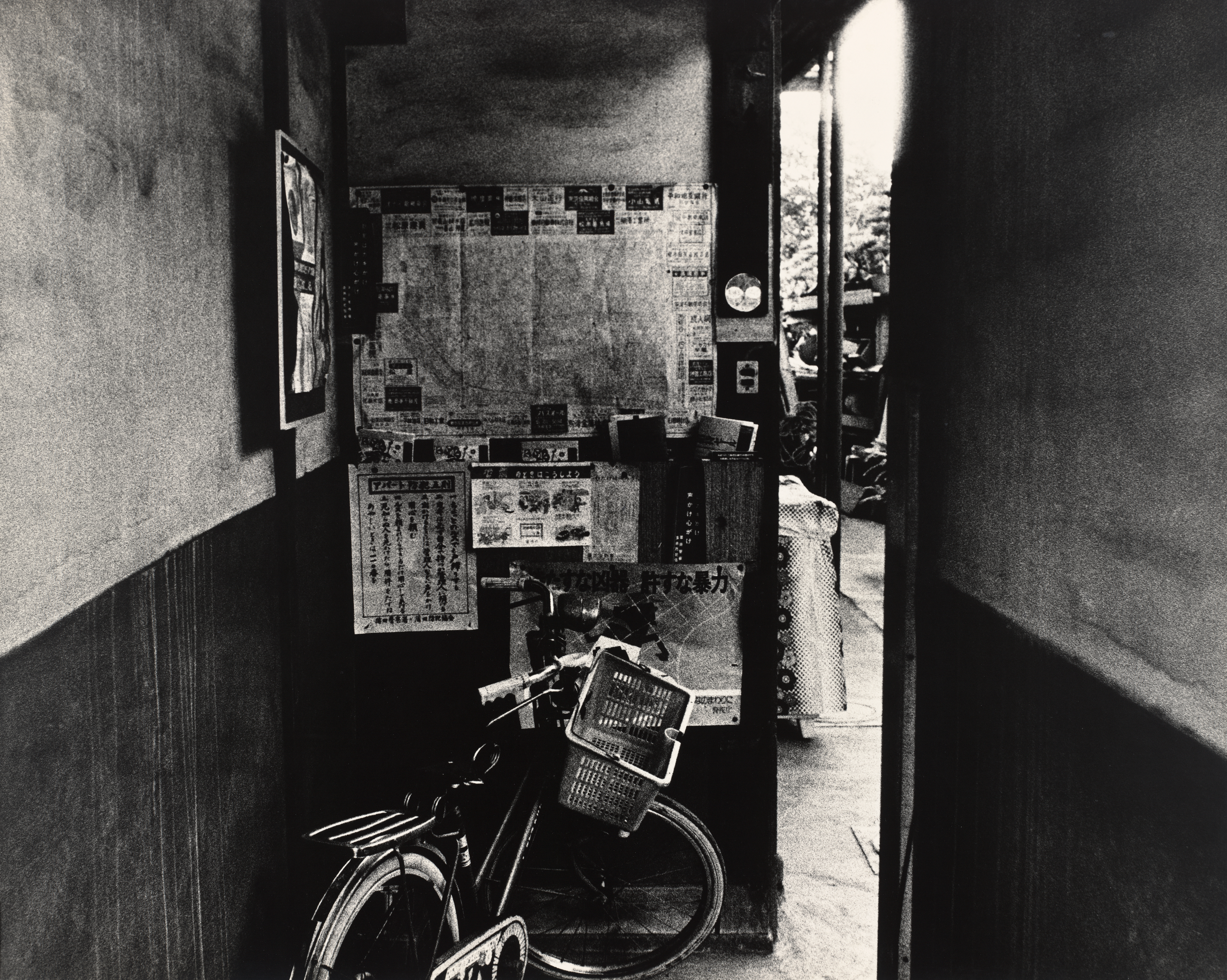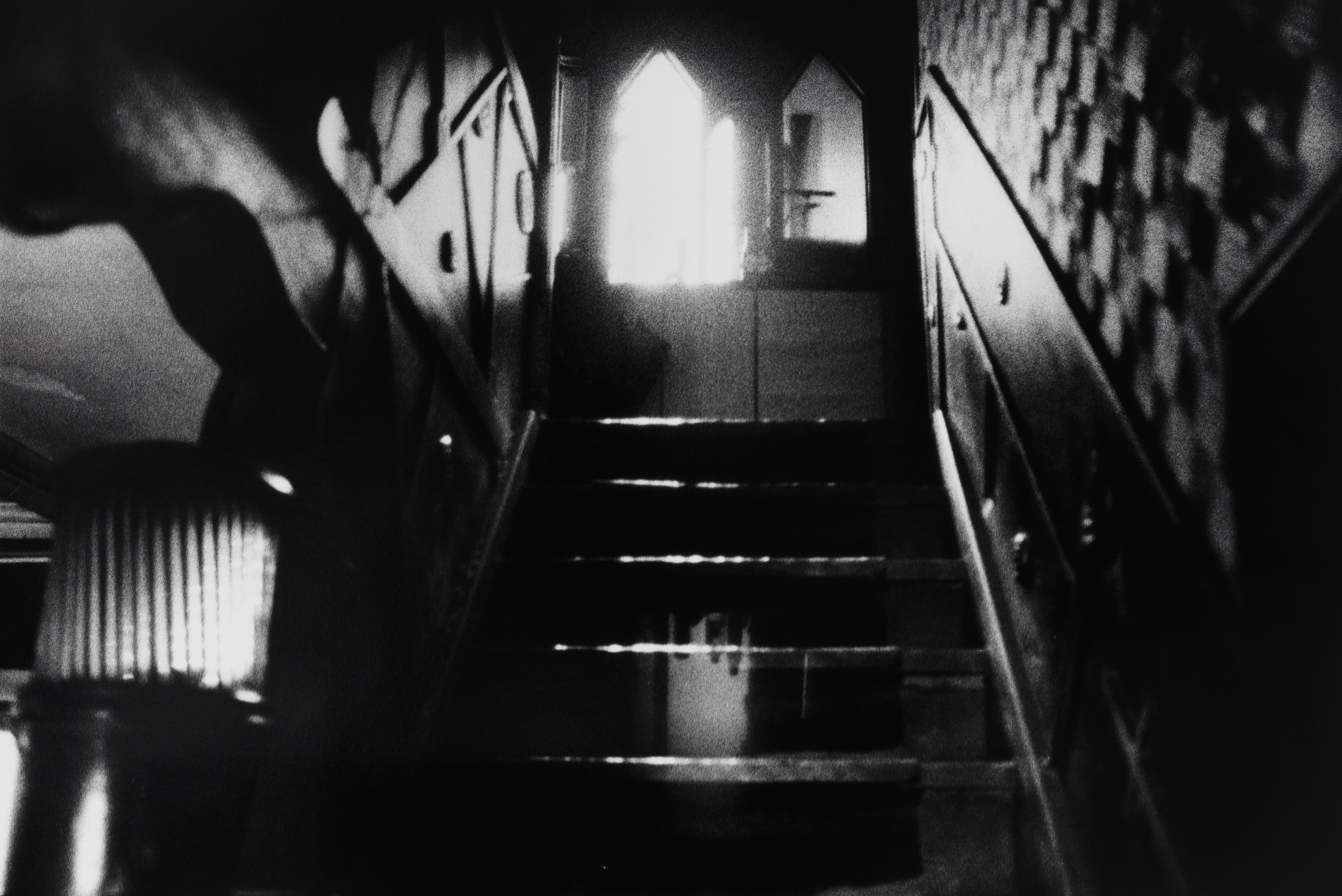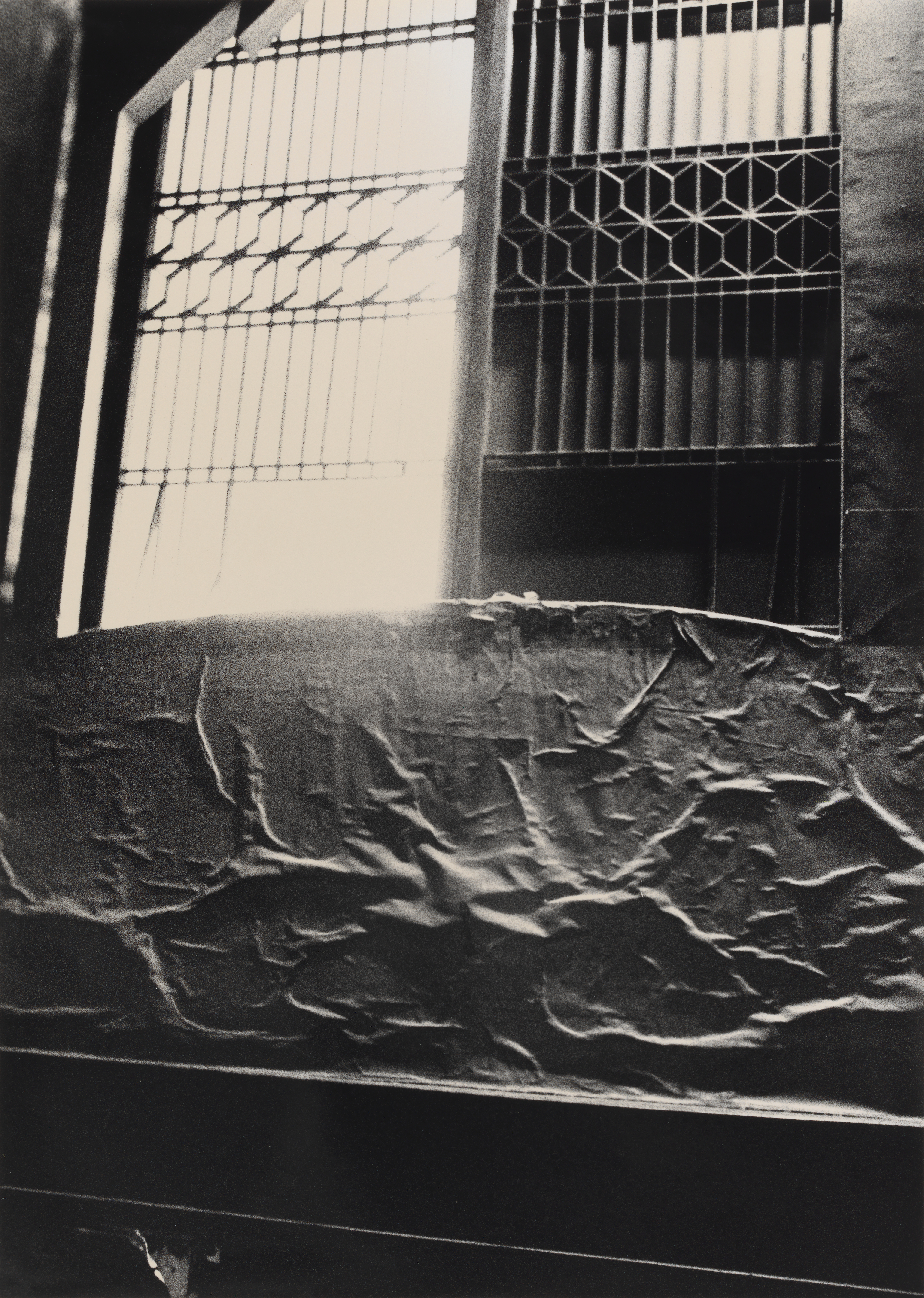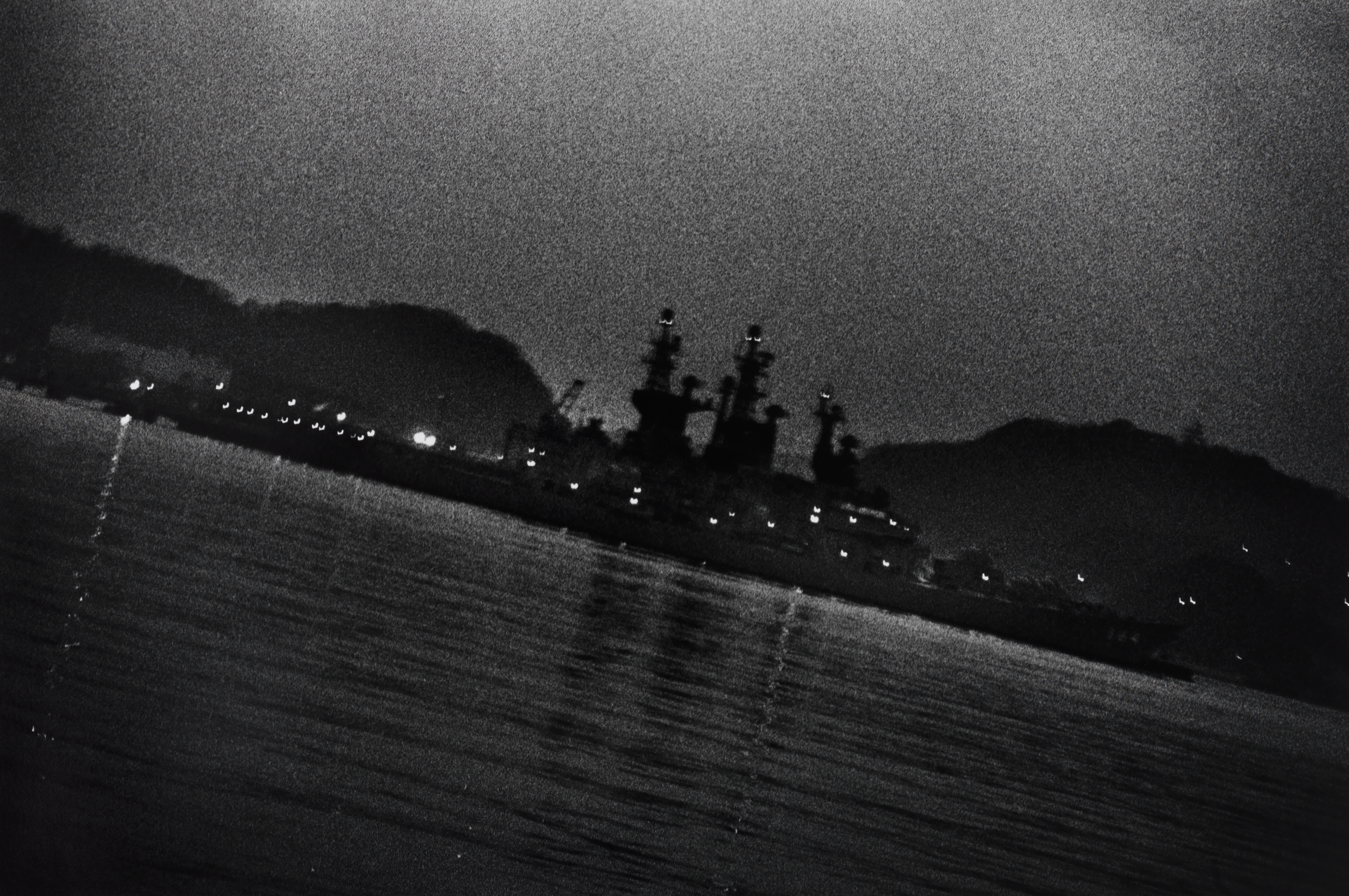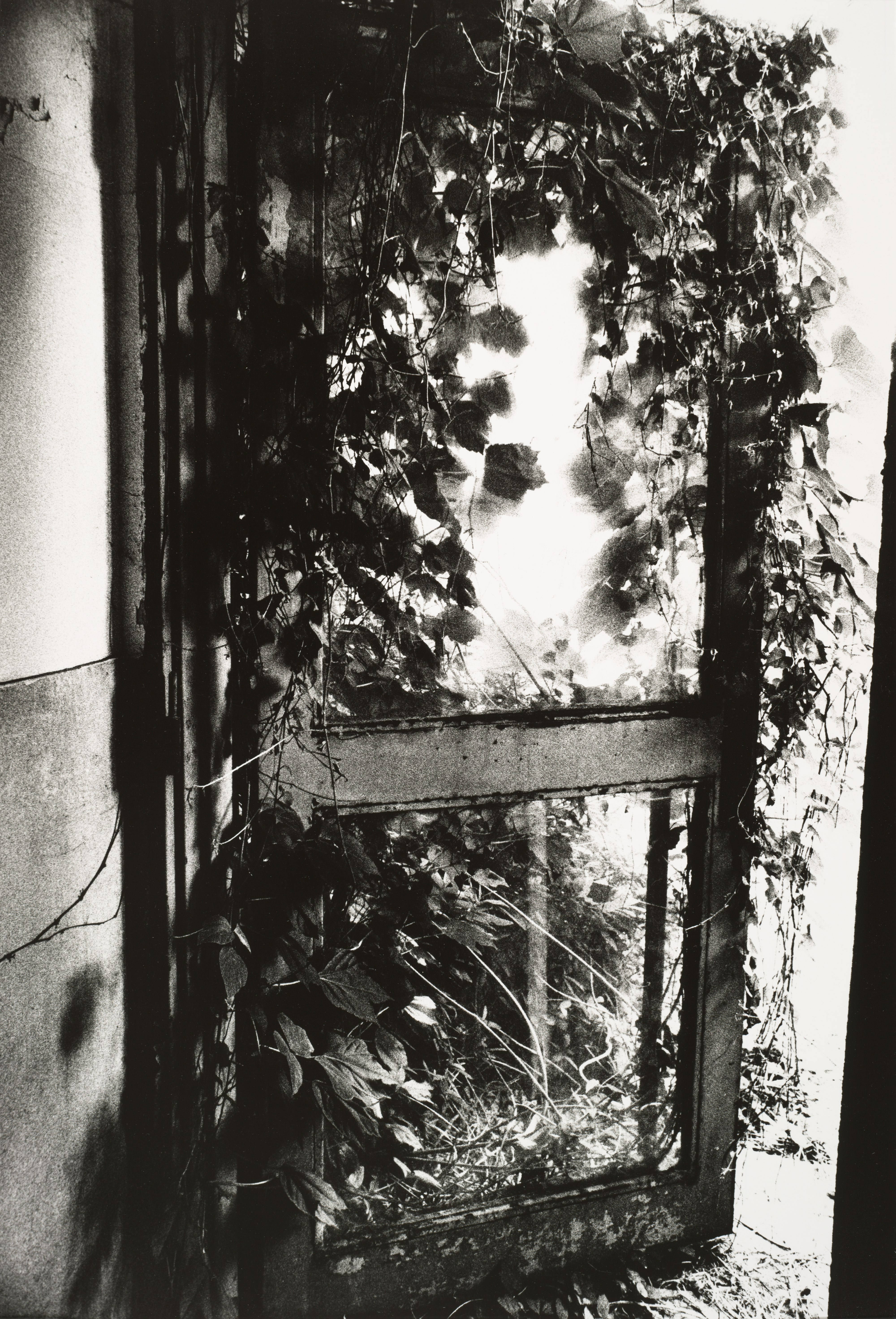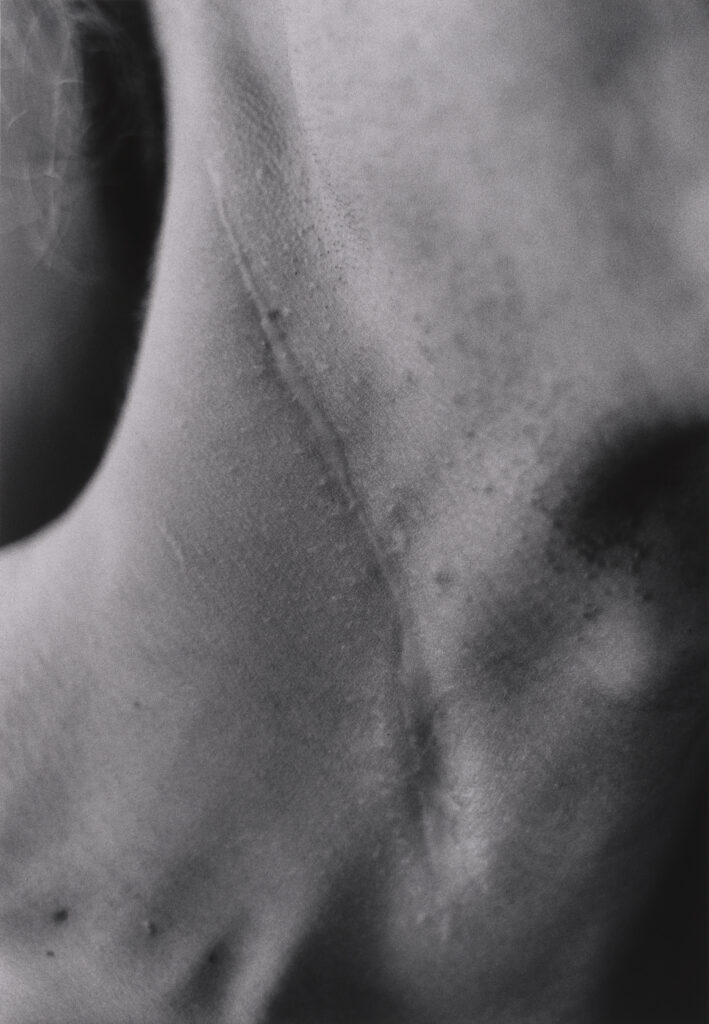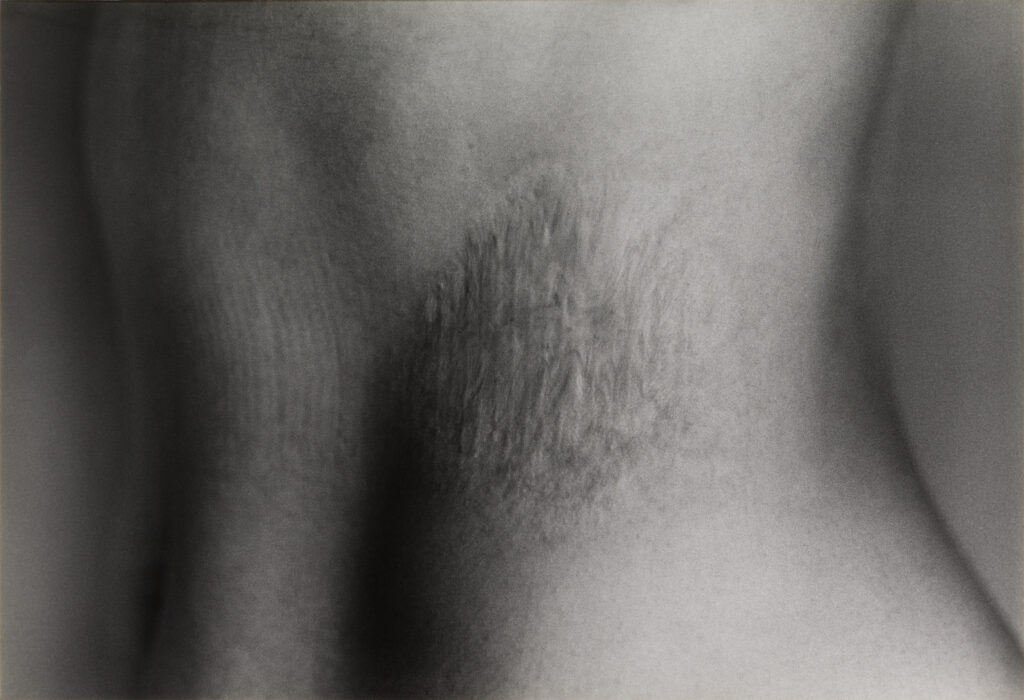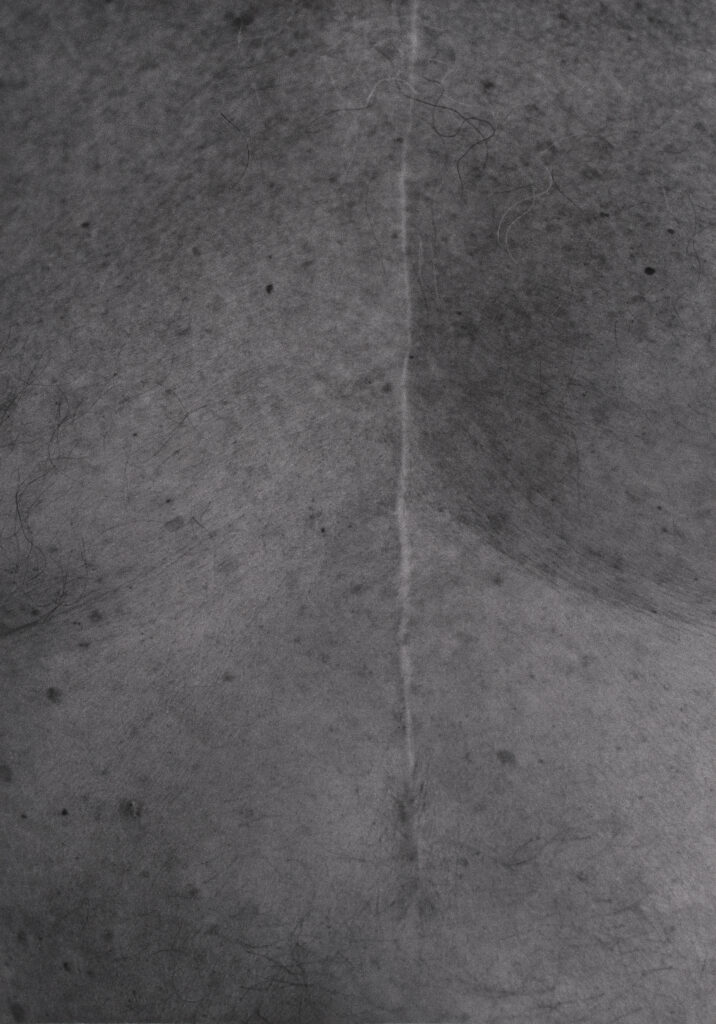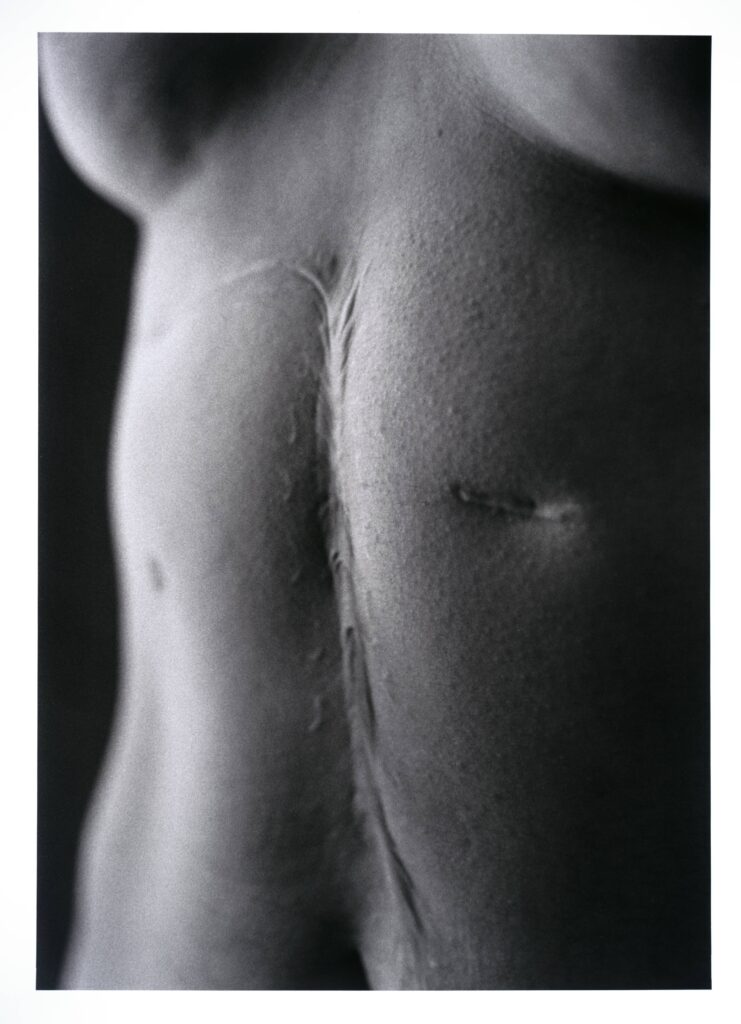Ishiuchi Miyako: What is a scar?
Ishiuchi Miyako—Scars
March 2016
Miyako Ishiuchi: My parents built this house about forty years ago, and on the second floor is the darkroom. I didn’t start making photographs because I wanted to become a photographer. I had plenty of time and no money at the time, but I happened to have a lot of space in the house, so I was keeping my friend’s darkroom equipment here. I hadn’t learned photography, but I had a spare room, so I put all the darkroom equipment in there. And I thought, since I have time to spare, why not take photos around here?
It’s an odd space, the darkroom. It’s a trip. [laughs] It’s daytime, but you make it dark. Isn’t that weird? So the darkroom is a space for creation, a space where the world can surface. So for me, printing in the darkroom is like meeting a new world. There’s almost a sense of physical pleasure involved. The darkroom is something sexual.
I wasn’t intending to take photos my whole life. But when I turned forty, which was ten years after I’d started photography, I realized that all my personal stuff had been photographed. And while I was thinking about my future, I wondered where my forty years of existence lay. In short, I wanted to photograph time.
A scar is a display of one’s entire past. So I started the Scars series with a sense of retaking old photographs. A scar is like an old photograph. Behind every old photograph is a story that you either have in common, explain to others, or reflect on. An old photo is filled with memories. It’s the same with scars. And having a scar means you’ve survived. I think a scar is a testimony to your past. It symbolizes the passage of time. It’s proof of one’s existence, including life and death. In that sense, I’m not shooting the scar itself. But I’m also interested in what the person used to be like before getting the scar. In a sense, as long as you live, you keep receiving scars. I felt that by taking photos of scars I could accurately depict the present. That’s how the series began. But fundamentally, I’m still hoping to capture intangible things like time.
